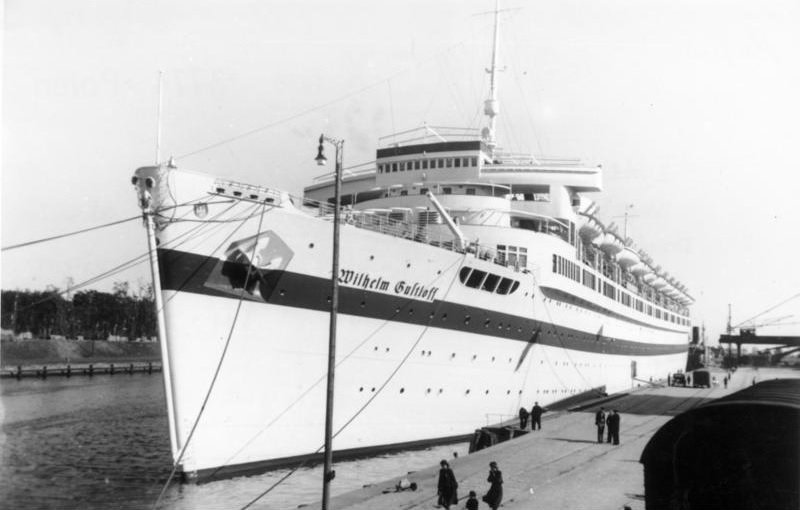On January 30, 1945, a devastating event unfolded in the Baltic Sea, forever etching its name in history as the deadliest maritime disaster of all time. The Wilhelm Gustloff, a German military transport ship, was tragically sunk by a Soviet submarine, resulting in the loss of approximately 9,400 lives. This catastrophe surpassed even the infamous sinking of the Titanic in terms of the number of lives lost. The majority of the victims were German civilians, refugees, and wounded soldiers.
The Wilhelm Gustloff: A Brief History
The Wilhelm Gustloff was originally built as a cruise ship for the Nazi organization Kraft durch Freude (Strength through Joy). Launched in 1937, the ship was named after the leader of the Swiss Nazi Party, Wilhelm Gustloff. However, with the outbreak of World War II, the vessel was requisitioned by the German Navy and converted into a military transport ship.
During the war, the Wilhelm Gustloff played a significant role in the evacuation of German civilians and military personnel from the Eastern Front. It was primarily used to transport refugees, wounded soldiers, and military personnel across the Baltic Sea to safety. The ship was known for its overcrowded conditions, as it often carried far more passengers than its intended capacity.
The Sinking of the Wilhelm Gustloff
On that fateful day in January 1945, the Wilhelm Gustloff set sail from the port of Gotenhafen (now Gdynia, Poland) with an estimated 10,000 passengers on board. The majority of the passengers were civilians, including women, children, and elderly individuals who were fleeing the advancing Soviet forces.
The ship’s intended destination was Kiel, Germany, but it never made it there. In the midst of its journey, the Wilhelm Gustloff was spotted and targeted by a Soviet submarine, the S-13, under the command of Captain Alexander Marinesko. The submarine fired three torpedoes at the ship, two of which struck the Wilhelm Gustloff, causing catastrophic damage.
The impact of the torpedoes resulted in a rapid sinking of the vessel. Chaos ensued as passengers desperately tried to escape the sinking ship. The freezing temperatures of the Baltic Sea made survival even more challenging. Many passengers succumbed to hypothermia within minutes of entering the icy waters.
Rescue efforts were hindered by the lack of lifeboats and the sheer number of passengers on board. Only a fraction of those on board managed to escape the sinking ship and were rescued by nearby vessels. The exact number of survivors is still unknown, but it is estimated to be around 1,000.
The Aftermath and Legacy
The sinking of the Wilhelm Gustloff remains a tragic chapter in maritime history. The loss of approximately 9,400 lives, mostly civilians and refugees, shocked the world. The event received limited attention at the time due to the ongoing war and the subsequent focus on other major events.
However, in recent years, efforts have been made to shed light on this forgotten tragedy. Memorials have been erected to honor the victims, and documentaries and books have been published to raise awareness of the event. The Wilhelm Gustloff disaster serves as a reminder of the human cost of war and the devastating impact it can have on innocent lives.
Conclusion
The sinking of the Wilhelm Gustloff on January 30, 1945, stands as the deadliest maritime disaster in history. The loss of approximately 9,400 lives, including German civilians, refugees, and wounded soldiers, is a somber reminder of the devastating consequences of war. This tragic event serves as a poignant reminder of the human toll and the need to remember and honor those who perished.
SEO Excerpt:
On January 30, 1945, the Wilhelm Gustloff, a German military transport ship, was sunk by a Soviet submarine in the Baltic Sea, resulting in the deaths of approximately 9,400 people. This disaster is considered the deadliest maritime tragedy in history, surpassing the loss of life in the sinking of the Titanic. The majority of the victims were German civilians, refugees, and wounded soldiers. Learn more about this tragic event and its lasting impact on maritime history.

